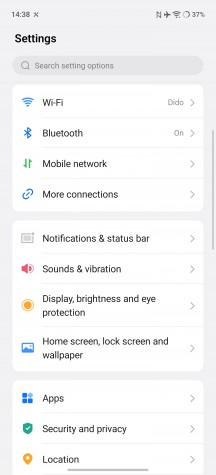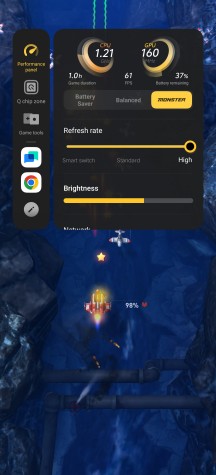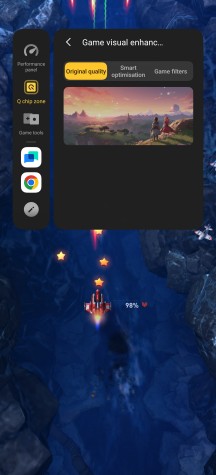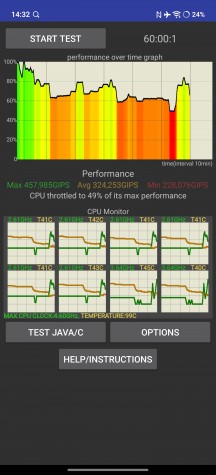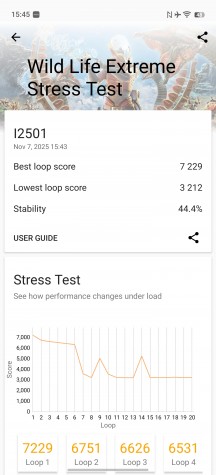OriginOS 6 on top of Android 16
Previous iQOO phones shipped with the older FuntouchOS by vivo to markets outside of China, but the company is finally unifying the software experience and this year, OriginOS debuts on the global scene. First, the vivo X300 launched with Origin OS 6, based on Android 16, and now the iQOO 15 also boasts OriginOS.
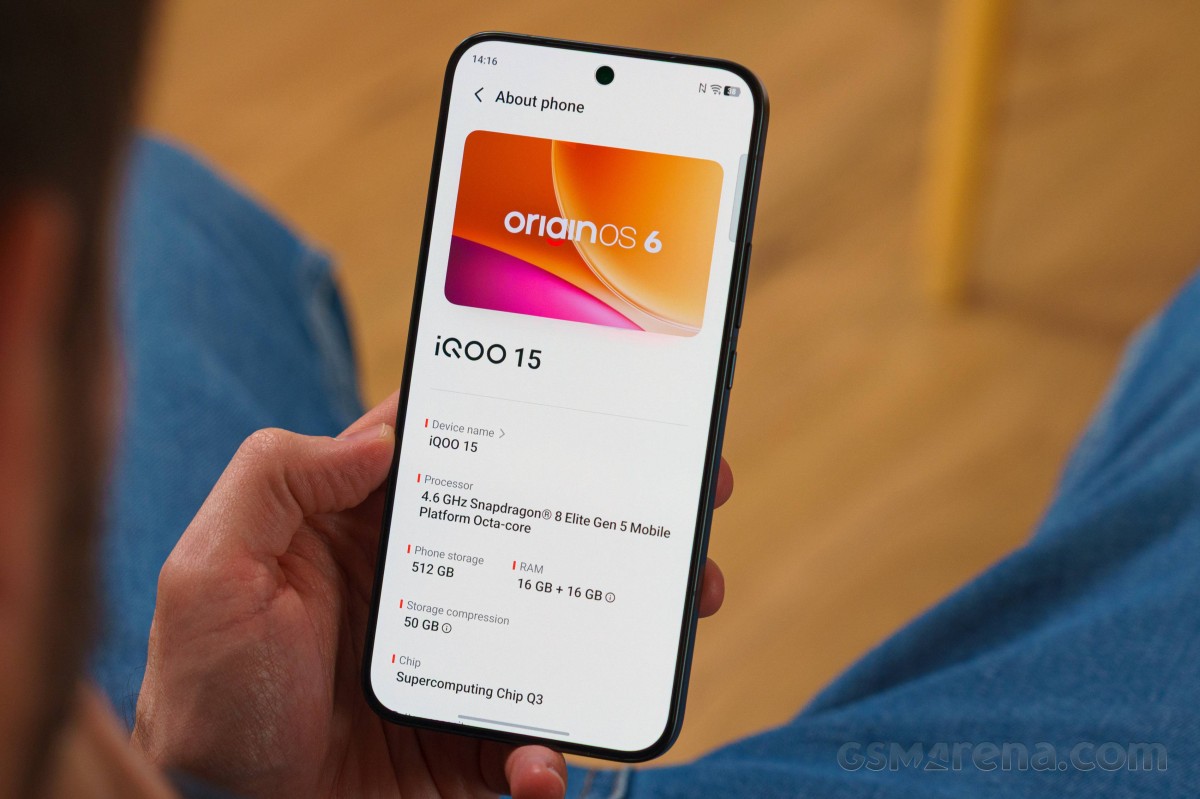
Just like vivo, iQOO is also promising 5 years of major Android updates along with 7 years of security patches from Google.
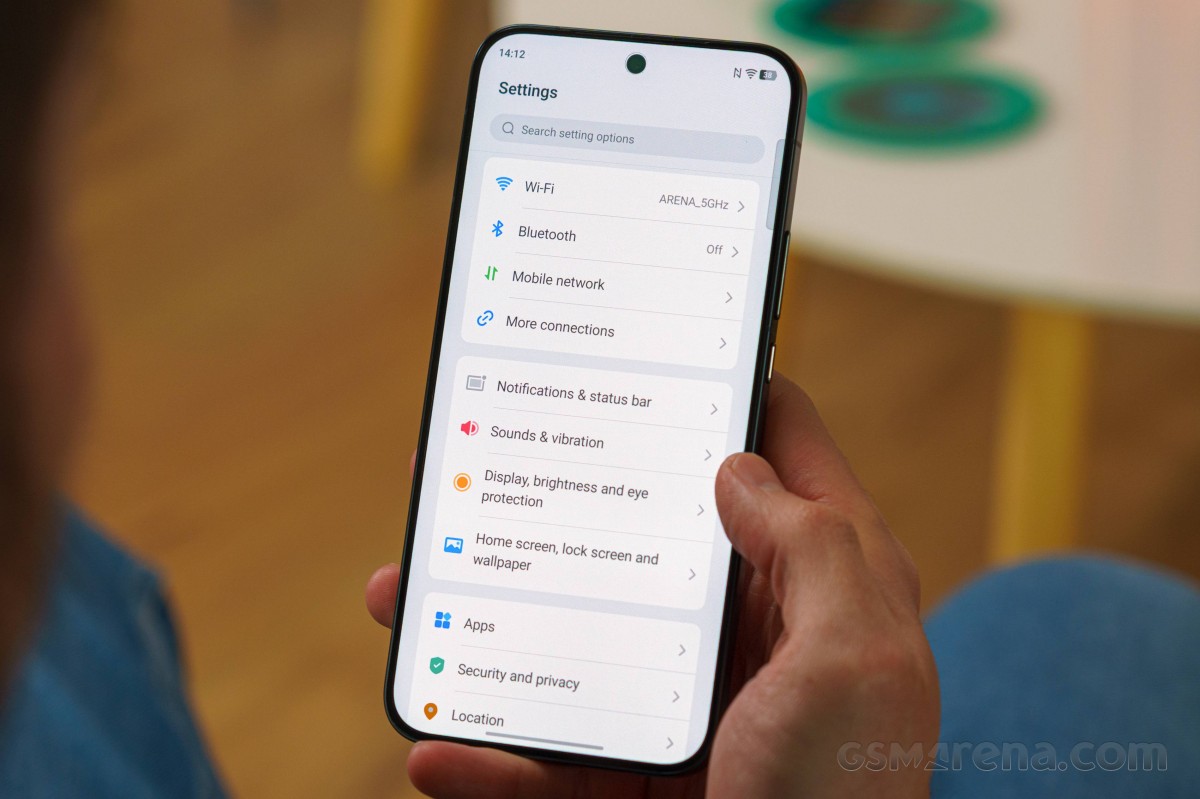
We’ve already reviewed the software on the vivo X300, so we recommend going through the dedicated software section in that review where we take a deep dive into the brand-new, at least for markets outside of China, OriginOS.

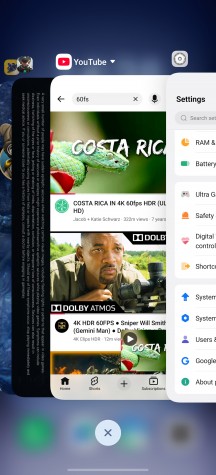
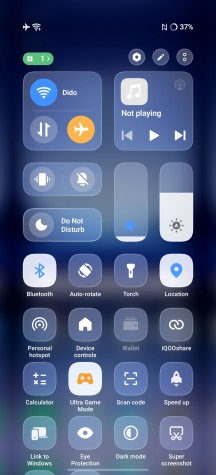
Home screen • Recent apps • Notification shade
In addition to the features highlighted in the vivo X300 review, the IQOO 15 also offers customization of its Monster Halo RGB LED ring found around the camera island. It’s not just for style, though. You can use it as an LED notification light, so you won’t miss a call or notification. It can also indicate battery status.
Since gaming is a big part of the iQOO 15, there are a host of gaming-centric features under the Ultra Game Mode sub-menu. You get an in-game overlay for easy access to certain features and settings, and there are other functionalities and optimizations that need to be adjusted beforehand.
We like the fact that iQOO listed all games that support iQOO’s super resolution, super frame rate (frame rate interpolation), ray tracing and other visual enhancements.
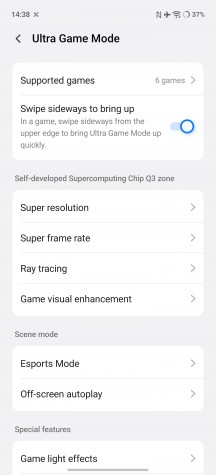
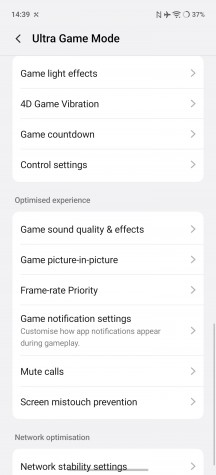
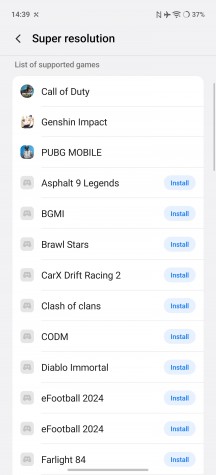
Ultra Game mode settings and features
Two neat features stand out – frame rate priority and picture-in-picture. The former prioritizes in-game frame rate, even if that means lowering the resolution, while the latter puts the game in a small window in case you need to check something in another app without closing the game completely.
Benchmark performance
The iQOO 15 is one of the first phones to come to our office with the flagship Snapdragon 8 Elite Gen 5 chipset, a successor to the highly-regarded Snapdragon 8 Elite SoC from last year.
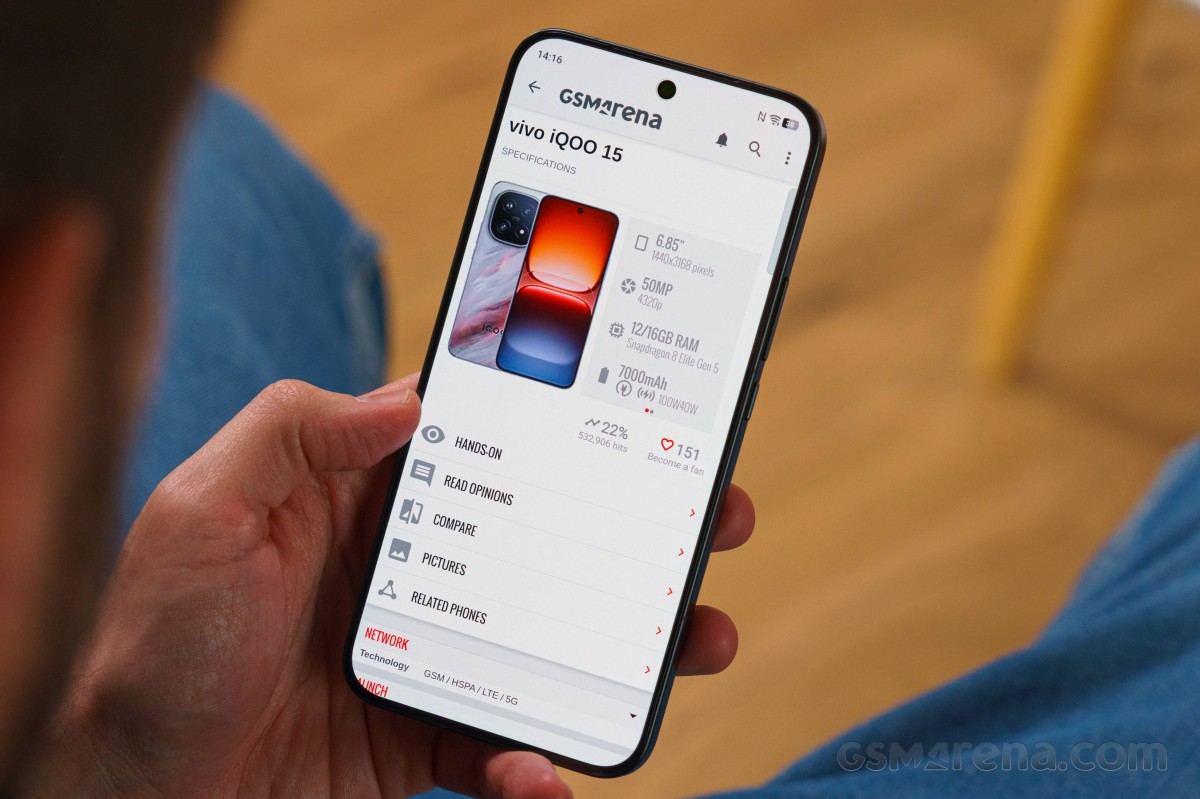
The chip is based on the 3nm manufacturing process and features third-generation Oryon CPU cores, promising 20% performance and 30% efficiency boost. The octa-core CPU configuration is 2+6 with 2x high-performance Oryon V3 Phoenix L cores ticking at 4.6 GHz and 6x Oryon V3 Phoenix M cores running at 3.62 GHz.
The GPU on board is Adreno 840 and also promises 23% improvement in performance and 20% in power efficiency. It should also be 25% better at ray-tracing than its predecessor.
Other notable features include Unreal Engine 5 support for console-level gaming and a Hexagon NPU with Qualcomm Sensing Hub, enabling 37% faster AI number crunching and agentic AI assistants.
In addition to the Snapdragon chip, iQOO 15 also employs a SuperComputing Q3 chip that takes care of certain tasks and offloads the SD 8 Elite Gen 5 chipset. There are three dedicated cores – DA core, RT core and AI core.
The DA one is used for super-resolution upscaling during gaming as well as frame interpolation. The RT core is used for ray tracing calculations, and interestingly enough, iQOO says this is the first phone with an in-house ray tracing tech. The chip isn’t tasked to handle ray tracing in general, but just for select titles optimized for iQOO’s ray tracing feature. And as for the AI core, it’s pretty self-explanatory – it’s all about AI number crunching.
Memory configurations remain unchanged from last year, with the handset offering 12GB/256GB, 16GB/256GB, 12GB/512GB, 16GB/512GB and 16GB/1TB memory and storage setups. All storage chips are UFS 4.1.
The benchmark results from the iQOO 15 show that it utilizes the Snapdragon 8 Elite Gen 5 to the fullest. Then again, the phone does fall short of some other handsets running on the same chip or the competing Dimensity 9500 silicon from MediaTek.
Sustained performance
The iQOO 15 features a large 8000 mm2 single-layer vapor chamber, which should be an improvement over the previous generation. iQOO claims the new model is 47% more efficient at heat dissipation compared to the iQOO 13 by increasing the surface area of the VC by just 14%.
Unfortunately, either the cooling solution isn’t as good as last year’s in the iQOO 13, or the Snapdragon 8 Elite Gen 5 chipset is way too demanding. The iQOO 15 seems to struggle with maintaining high performance in the CPU and GPU stress tests.
The CPU dipped below 50% of its theoretical performance, although it maintained solid clock speeds in the first 10 minutes. The GPU also dipped below 50% of its top performance.
Outer temperature readings show relatively high heat along the side frame and surprisingly cool back panel.
Gaming performance
Even though the display is marketed at 144Hz, you can saturate the refresh rate only in certain games once you enable the interpolation setting.
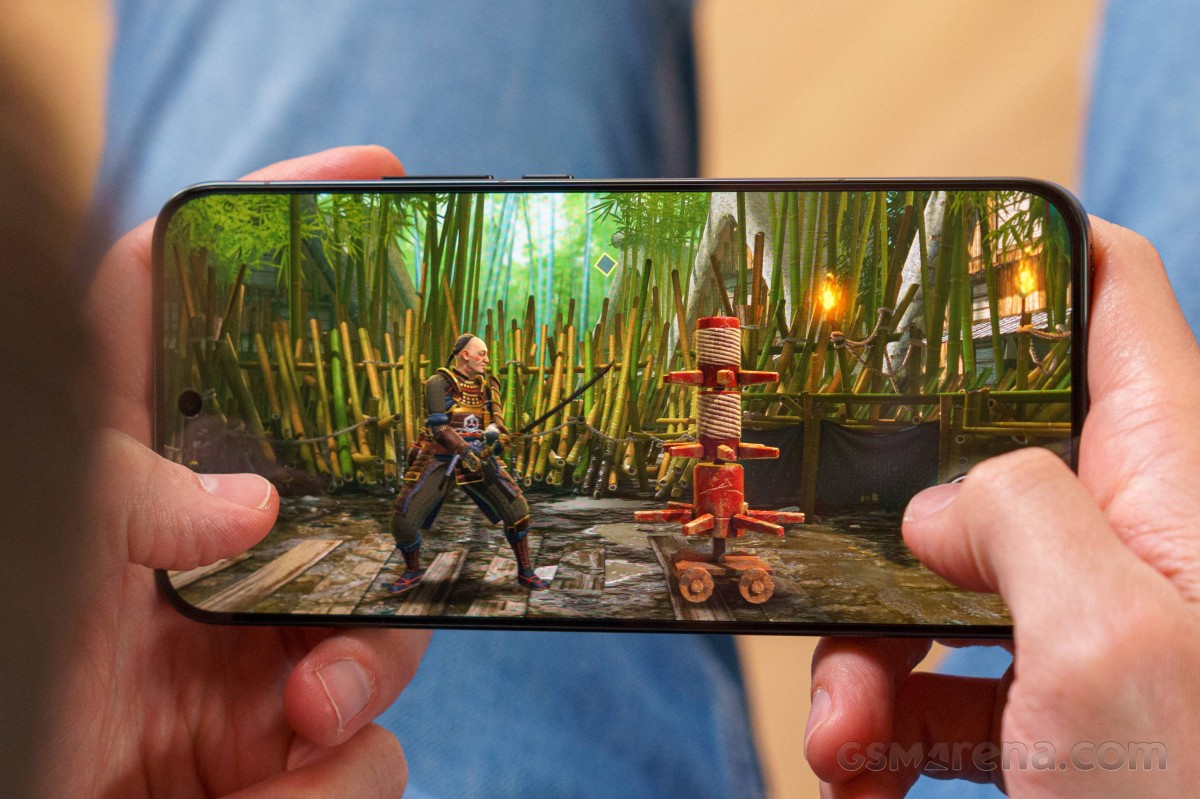
Moreover, even games we know for a fact that can boost to at least 120Hz were capped at 60Hz – Sky Force Reloaded, Call of Duty Mobile, PUBG, Real Racing 3, etc. You can go above 60Hz only if you enable the interpolation setting in the Ultra Game mode.
That means that outside of this niche case, where you force refresh rate interpolation, you can’t really use the maximum 144Hz refresh rate in any other way.

